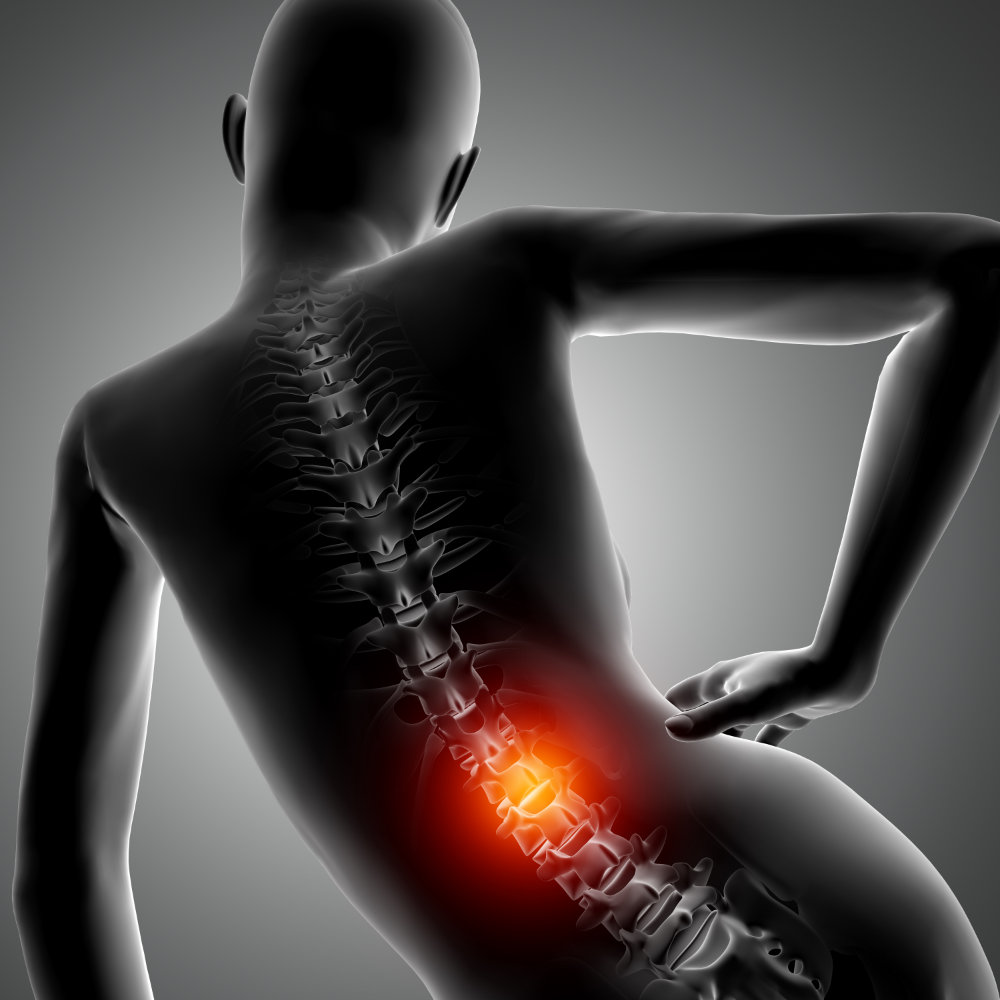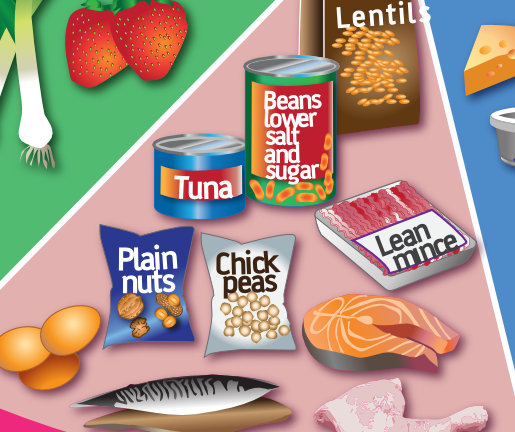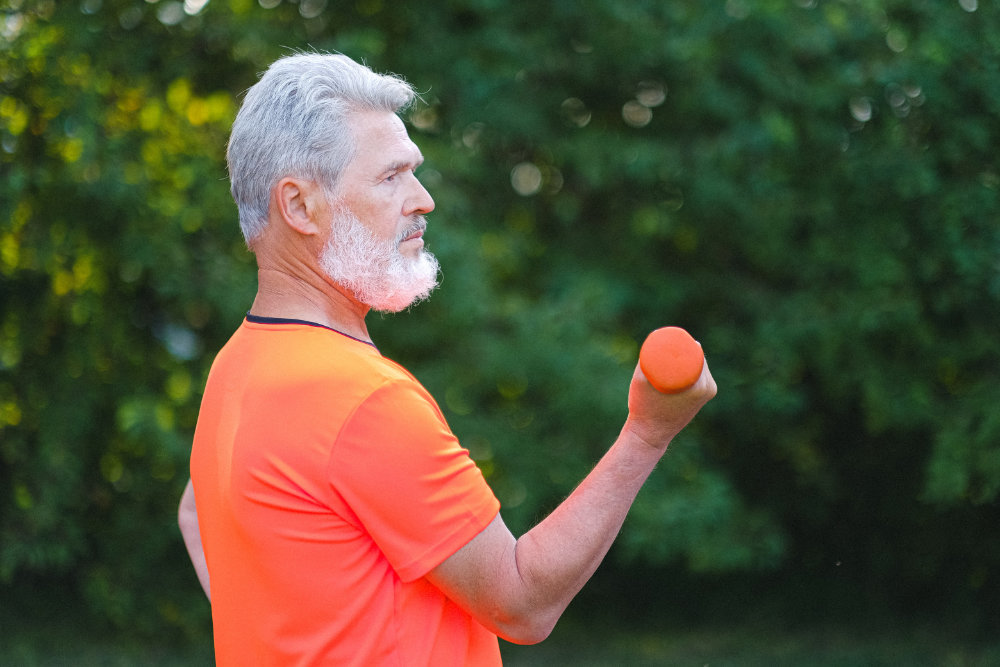
By: AndyC
Added: 30 October 2024
On the surface, this seems logical - create a calorie deficit, and the weight should melt away.
However, the body is much more complex than simple "calories in, calories out."
Extreme calorie restriction can actually sabotage your weight loss efforts by slowing down your metabolism and making fat loss harder.
The Metabolic Trap of Severe Calorie Restriction
When you heavily reduce your caloric intake, your body interprets it as a signal that resources are scarce—essentially, it enters a state of "survival mode." This adaptive response is known as metabolic adaptation or adaptive thermogenesis. In this state, your body makes a series of adjustments to conserve energy and protect fat stores for future survival.
How Does the Body Respond?
- Slowing Metabolism: A significant calorie reduction lowers your resting metabolic rate (RMR), which is the amount of energy your body burns at rest. The body starts burning fewer calories because it believes it needs to conserve energy for survival. This metabolic slowdown can continue for months, making it increasingly difficult to lose weight even if you maintain the same reduced calorie intake.
- Muscle Loss: Severe calorie restriction doesn't just result in fat loss—it can also lead to muscle loss. Muscles are metabolically active tissue, meaning they require energy to maintain. When the body is starved for energy, it begins to break down muscle tissue for fuel. Losing muscle mass reduces your overall metabolic rate even further, creating a vicious cycle.
- Increased Hunger Hormones: The body also increases the production of ghrelin, the hormone responsible for hunger, making you feel hungrier and increasing cravings. At the same time, levels of leptin, the hormone that signals fullness, decrease. This hormonal imbalance can make it extremely difficult to stick to a restrictive diet and increases the risk of overeating when the diet ends.
- Fat Conservation: Your body becomes highly efficient at storing any energy it can get in the form of fat, especially once you begin eating normally again. This is why people often experience rapid weight gain, sometimes exceeding their initial weight, after coming off a crash diet—a phenomenon known as "yo-yo dieting."
Why the Body Panics
Studies back up the idea that severe calorie restriction leads to metabolic adaptation. One famous study is The Minnesota Starvation Experiment conducted during World War II. Participants reduced their caloric intake by 50%, and researchers observed drastic reductions in metabolic rate—by as much as 40% in some cases. Participants also reported symptoms like extreme fatigue, obsession with food, and loss of muscle mass. These effects are not just limited to extreme cases; even moderate calorie restriction can slow metabolism and cause the body to hold onto fat stores.
Further research, such as a study published in the journal Obesity, observed similar results in contestants of the reality show The Biggest Loser. Six years after the competition, participants’ metabolisms had not returned to normal, and most had regained the lost weight despite continuing efforts to eat less and exercise.
Why Sustainable Fat Loss Works Better
Rather than drastically cutting calories, a more effective approach to fat loss involves creating a moderate calorie deficit that your body can handle without triggering panic. The goal should be to fuel your body with the right types of food in balanced amounts, while also maintaining or increasing muscle mass through resistance training. This is how sustainable fat loss is achieved.
Here’s How to Lose Fat Effectively:
- Moderate Caloric Deficit: Aiming for a daily caloric deficit of 300-500 calories is more sustainable and less likely to trigger metabolic adaptation. This small reduction creates steady fat loss without sending your body into starvation mode.
- Focus on Protein Intake: Ensuring sufficient protein intake (typically around 1.6-2.2 grams of protein per kilogram of body weight) is essential to preserving muscle mass while in a caloric deficit. Protein is also thermogenic, meaning your body uses more energy to digest and metabolise it, aiding fat loss.
- Strength Training: Lifting weights or engaging in resistance exercises is crucial for maintaining muscle mass during a calorie deficit. Unlike cardio, which primarily burns calories during the workout, strength training helps preserve muscle mass and boosts your metabolism over time.
- Prioritise Healthy Fats and Fibre: Fat is often feared in weight loss diets, but it’s essential for hormone regulation and energy balance. Incorporating healthy fats (like avocados, nuts, seeds, and olive oil) can help improve satiety, making you feel fuller for longer.
- Hydration and Recovery: Dehydration can easily be mistaken for hunger, so make sure you're drinking enough water throughout the day. Proper hydration supports metabolic functions and can aid fat loss. Also, sufficient sleep and stress management are key factors, as poor sleep and high stress can lead to increased levels of cortisol, which promotes fat storage, particularly in the abdominal area.
Long-Term, Consistent Habits Are the Real Key
Rapid, extreme fat loss diets may seem attractive in the short term, but the scientific evidence suggests they are ineffective and often harmful in the long run. Instead of adopting an "all or nothing" approach, focusing on a moderate calorie deficit, maintaining muscle mass through strength training, and balancing your macronutrients are more effective methods for sustainable fat loss.
By adopting these practices, you’re more likely to see gradual but lasting changes that not only help you lose fat but also improve your overall health.
Citations:
More Personal Training News

The power of consistency to build a fitness routine that sticks
We all know how tough it is to stick to a fitness plan. Life gets busy, motivation fluctuates, and sometimes exercise slips down our priority list..

Can eating your way to healthy aging make a BIG DIFFERENCE
When it comes to healthy aging, many people often focus solely on exercise. While staying active is crucial, recent research highlights just how powerful our diet is in determining our health as we age..

Is Fluoride in the water a helpful fix or just covering the cracks
There’s talk again about adding fluoride to drinking water (this time in Plymouth) as a way to tackle rising levels of tooth decay, especially in children..

Simple Mobility Exercises to Relieve Stiff Joints
If you're spending all day at a desk, you've probably had to put up with creaking joints, cramped muscles, and occasional aches. The bright side?.

How Strength Training helps to Relieve Pain in Knees
Knee pain is infuriating. It can creep up on you over a period of time or hit you after many years of keeping active..

How to manage stress while maintaining good health
Life in a high-pressure job can be demanding, and stress often feels like an unavoidable companion..

Is GLP1 a New Tool in the Fight Against Obesity
The UK government recently announced [1] a major trial investigating weight-loss drugs like GLP-1 agonists (e.g., tirzepatide) as part of the ongoing strategy to tackle rising obesity..

Why New Year's Resolutions often fail and how to Succeed
Did you know that a huge number of people (nearly 80%) give up on their New Year's resolutions by February?.

Gut Health The Game Changer for 2025
Gut health is fast becoming the wellness buzzword, and for good reason..

Understanding and Implementing Contrast Strength Training
Strength training has evolved into a science, and one method standing out in both athletic performance and general fitness is contrast strength training..

Turmeric: The Golden Spice of Health and Fitness
Turmeric, a vibrant yellow spice native to Southeast Asia, has gained global recognition not only for its culinary appeal but also for its impressive health and fitness benefits..

Sitting too much is harming your heart
Modern lifestyles have made prolonged sitting a daily norm, from long office hours to unwinding on the couch..

Strength Training Builds a Foundation for Lifelong Health
As we age, maintaining our physical health becomes increasingly important, yet many people still believe that getting stronger is something reserved for younger years..

Top 10 benefits of Resistance Training has for treating the symptoms of lower back pain
Resistance training offers lots of benefits for treating the symptoms of lower back pain, making it an essential part of a pain reductions programme..

The Power of Protein: Why your body needs it
What exactly makes protein so essential, and how can you ensure you're getting the healthiest sources?.

Is a periodised training programme only beneficial for athletes
When it comes to achieving optimal fitness and performance, the concept of periodised training has long been a cornerstone in the world of athletics..

Can Exercise Reverse Type 2 Diabetes
Different forms of exercise, from aerobic activities to resistance training and HIIT, offer unique benefits in improving insulin sensitivity and overall health..

Is Exercise a Natural Antidote to Depression
Incorporating physical activity into your routine can contribute to a brighter, more resilient mental state..

Does Static Stretching Before Exercise Decrease Performance
Numerous scientific studies have shown that static stretching before exercise can actually have a negative impact on performance..

The Benefits of Resistance Training for Children
Resistance and weight training have long been associated with building muscle and improving strength in adults. However, there is a growing body of evidence suggesting that these forms of exercise can also be highly beneficial for children and adolescents..

Is Strength Training good for managing the Menopause
Menopause is a significant phase in a woman's life, marked by hormonal changes that can bring various physical and emotional challenges..

Is the Kettlebell the Ultimate Workout Tool
In the realm of fitness, the search for the ultimate workout tool is endless. When it comes to efficiency, versatility, and effectiveness, I think it could be the kettlebell..

Use it or lose it as the old saying goes
As the years go by, it is commonly believed that our bodies inevitably lose muscle mass, bone density decreases, and overall strength declines. However, scientific evidence suggests otherwise..

Don't be a cave man....be active this autumn
The nights getting darker and temperature dropping signal a time for cozy evenings and warm comfort foods. With this change in season also comes a tendency to slow down, exercise less, and indulge in calorie-rich treats..

Hypertension and High Intensity Interval Training
If you’re currently suffering from hypertension or pre-hypertension then perhaps carrying out some form of High Intensity Interval Training (HIIT) might be able to help reduce it..